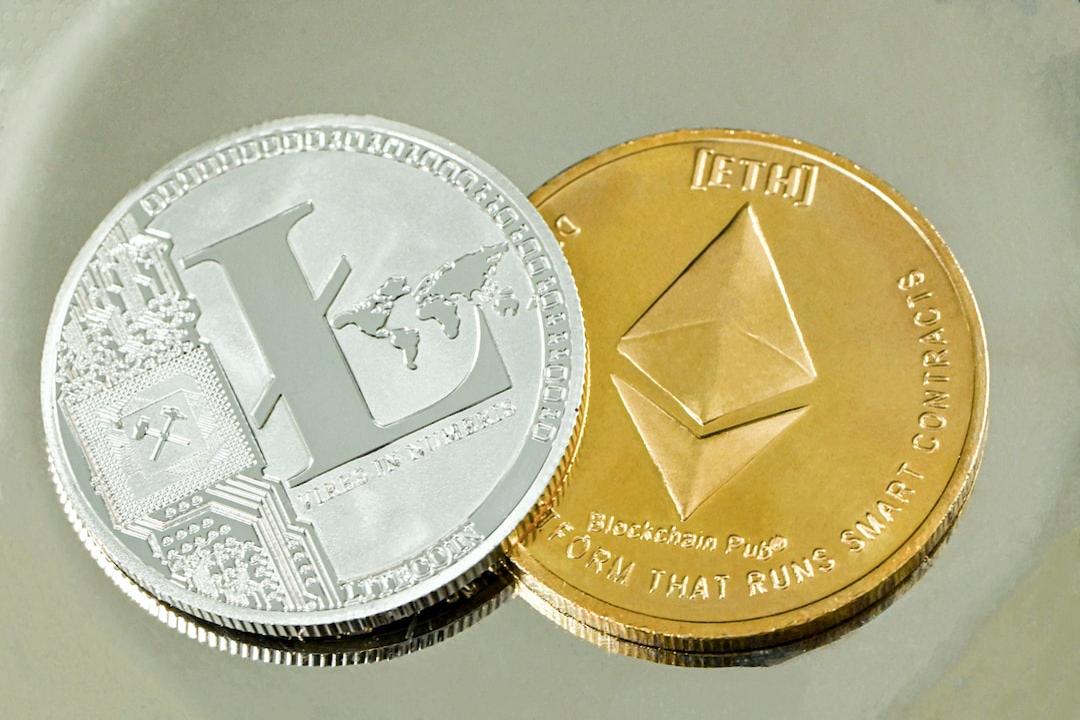Blockchain technology offers interoperability, allowing different blockchains to communicate with each other. This is crucial for exchanging data and assets like nonfungible tokens (NFTs) or cryptocurrencies, as it enables users to enjoy the benefits of multiple platforms such as reduced fees and faster transactions.
Avalanche blockchain is a versatile and interoperable platform and cryptocurrency network that addresses scalability, security, and decentralization issues. It utilizes a unique proof-of-stake (PoS) governance type and was developed by Ava Labs, a research and development company based in New York. Its primary purpose is to launch decentralized finance (DeFi) and enterprise blockchain applications.
Powered by its native token, AVAX, Avalanche offers smart contract functionality that directly competes with Ethereum. The platform’s smart contracts primarily support decentralized applications (DApps) and autonomous blockchains, offering fast transaction processing times, a reward structure that incentivizes participation, and advanced interoperability.
Avalanche interacts with Ethereum and its DeFi ecosystems through the use of the crypto wallet MetaMask. With over 10 million users, MetaMask is a widely used software that can be downloaded as a browser extension or a mobile phone app. To interact with Ethereum’s blockchain and DApps, users need to add the Avalanche network to their MetaMask wallet.
Setting up MetaMask involves downloading the extension from the official website and installing it on Chrome. Users can either import their existing cryptocurrency wallet or set up a new wallet by creating a secure password. It is important to note the seed phrase, as it serves as a backup for the wallet and should be stored securely offline.
To add the Avalanche network to MetaMask, users need to log in to their wallet and select Custom RPC from the Ethereum mainnet drop-down menu. They then need to provide the network name, RPC URL, ChainID, Symbol, and Explorer information for Avalanche. Saving the settings completes the process, allowing users to access MetaMask on Avalanche and its DeFi and Web3 applications.
To send AVAX tokens to MetaMask, users need to transfer their tokens from an Avalanche wallet to the C-Chain blockchain, as only the C-Chain is compatible with MetaMask. This can be done by selecting “Cross Chain” and choosing “C-Chain” as the destination chain. After confirming the transfer, users can send the AVAX coins to MetaMask by entering the amount and the MetaMask wallet address.
In addition to MetaMask, there are other wallets compatible with Avalanche. Coinbase wallet is a secure and user-friendly hot wallet that supports AVAX for exchanging, earning, and storing. Trust Wallet is another hot wallet that supports the Avalanche C-Chain and offers various DeFi capabilities. For enhanced security, Ledger Nano S or X cold wallets can be used to store AVAX offline in a hardware device.
Overall, Avalanche’s interoperability and compatibility with popular wallets like MetaMask make it a versatile platform for decentralized finance and enterprise blockchain applications. Users can easily connect with Ethereum and enjoy the benefits of both networks.

